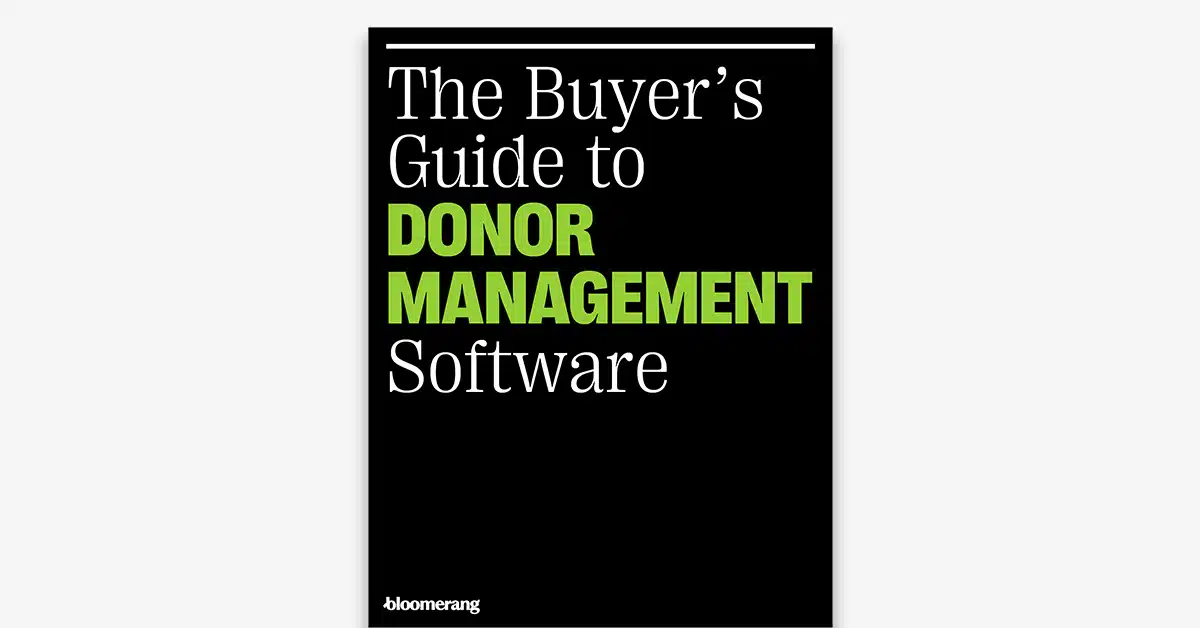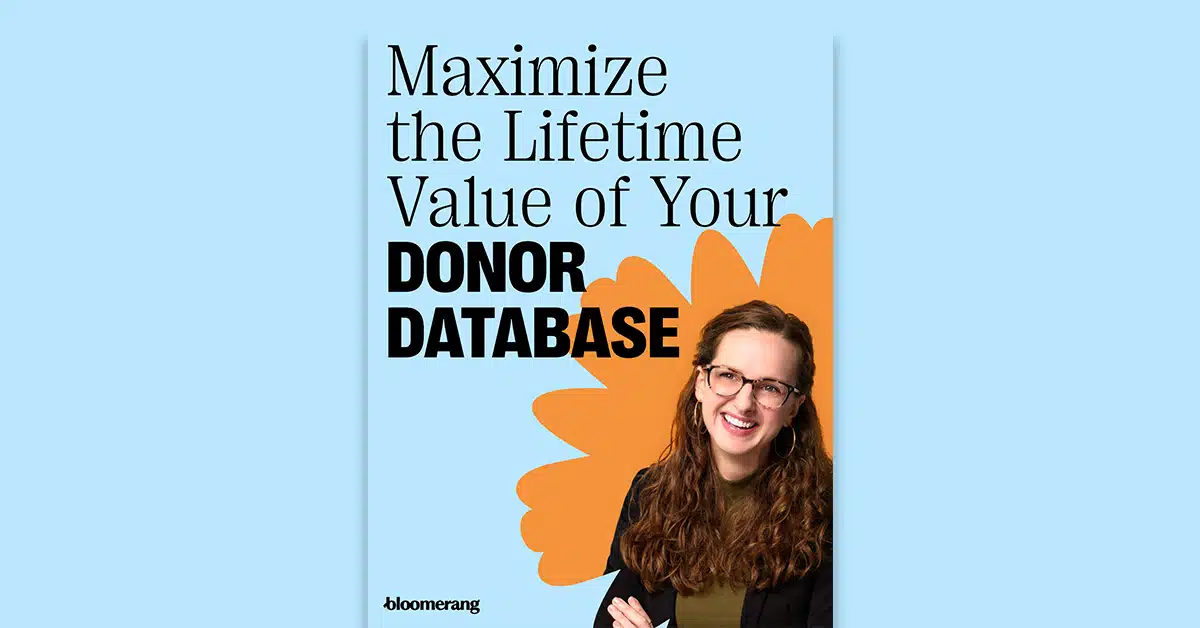In Tax-Deductibility is Changing. Your Donors Need You to Lead Them Through It, we looked at what nonprofit fundraisers need to understand about significant changes to the tax code under the One Big Beautiful Bill Act (OBBBA). Donors will have questions about how these changes affect their giving, and this is a moment for you – as a philanthropy facilitator – to step forward as a trusted source of clarity.
Don’t miss this opportunity to deepen donor trust!
Let’s review.
➡️ Summary: why this matters to donors
- Small and mid-level donors will for the first time see a meaningful tax incentive even if they don’t itemize.
- Itemizers, including mid-level and lower-level major donors, will face either strategic timing decisions or benefit from the new universal above-the-line deduction instead.
- Major donors may bunch larger donations into single years to surpass the floor, itemize their deductions and maximize their tax benefit for that year (while taking the standard deduction in other years).
- All donors may respond to well-timed and clearly messaged appeals—especially around the 2026 changeover.
➡️Summary: why this matters for fundraisers
Tax law isn’t the primary motivator for most philanthropic gifts, but it does shape how donors think about their giving. Whether driven by passion, habit, or the desire to leave a legacy, the potential for a tax benefit has long played a role in when and how much people give. The new tax rules don’t just tweak the mechanics.
- They reset expectations for donors at all levels.
- That means your messaging matters more than ever in helping donors understand what’s changed, and what actions make the most sense now.
1. What donors will notice
Even if you don’t bring it up, many donors — especially those who itemize or give larger gifts — will be asking their advisors:
- “Will my gift still be deductible?”
- “Is it smarter to give more this year or next?”
If you don’t help frame those conversations now, someone else will. And it may mean you’ll lose a gift to another charity that stepped up and offered helpful guidance.
Here’s what’s likely to matter most to donors under the new rules:
✅ 1. What counts as deductible, and when.
- Itemizers will be newly aware that only giving above the 0.5% AGI floor counts. This could lead to:
- Bunching gifts into certain years
- Delaying or accelerating year-end giving
- Scaling up gifts to meet or exceed thresholds
✅ 2. Whether they benefit at all
- Standard deduction filers now have a universal charitable deduction again — up to $1,000 ($2,000 for couples). This gives them:
- A reason to give, even if they don’t itemize
- A renewed expectation that their gift has tax value
2. Why it should matter to you
These aren’t just technical updates, they’re behavioral triggers. And that gives fundraisers two critical reasons to act:
✅ 1. Your donors may be ready to give more — if they understand the benefit.
- Before anyone can deduct charitable gifts, they first need to itemize their deductions instead of taking the standard deduction (which remains high under the new law). They may be able to reach this threshold by including charity, mortgage interest, state/local taxes, etc.
- Itemizers face new math in 2026. Even if they already plan to itemize, they’ll only be able to deduct the portion of their charitable gifts that exceeds 0.5% of their AGI. For example, a donor earning $250,000 would need to give more than $1,250 across all charities before any of it becomes deductible. Donors who aren’t sure if they’ll itemize, or whether their giving clears that floor, should talk with their tax advisor.
YOUR ROLE: Alert donors to tax changes and give clear, timely guidance that helps them connect the dots between their generosity and real financial benefits.
✅ 2. You’re competing for attention during a year of transition
Donors have limited giving capacity and lots of causes to support. If they’re weighing when and how to give, the organization that helps them navigate these new rules will stand out as a trusted partner — not just as a fundraiser.
YOUR OPPORTUNITY: Talk about giving strategy, not just donation amounts. Instead of asking, “Can you increase your gift this year?” start by asking, “Have you heard how the new tax changes might affect your giving?” Position yourself as a partner in thoughtful, effective generosity.
Who needs to hear what: tailoring your message by donor type
Consider segmenting donor communications to account for factors that may influence giving capacity. Break down recommendations based on giving level or type of relationship:
A. Major Donors or Planned Giving Prospects
- Likely to have advisors; become a partner in those conversations
- Focus on strategic giving (DAFs, appreciated assets, timing)
- Position your organization as proactive and collaborative
B. Mid-Level Donors
- May be aware of tax changes, but unclear on implications
- Focus on how to give smartly now to maximize impact
- Personalized outreach or segmented messaging could go a long way
C. Small or First-Time Donors
- Less likely to be driven by deductibility, but not immune to confusion
- Keep messaging simple and reassuring
- Reinforce impact rather than complexity
When you understand the distinctive impacts on different donor segments, and develop targeted strategies to inform donors of relevant tax law changes, you will be more likely to maintain and grow support — either because of, or despite, these changes.
➡️IMPORTANT: You are not a tax, legal, or financial advisor. Always include a disclaimer advising people to consult with their own professionals regarding their personal situation.
Next steps
The law is new, and will have different impacts on different donors, but meaningful tax incentives for philanthropic giving remain. In fact, some are increased! So, don’t delay in reaching out to supporters to alert them to the changes that will matter to them most.
- Update communications to reflect both 2025 opportunities and new benefits beginning in 2026.
- Segment communications to best meet the different needs of small, mid-level and major donors.
- Encourage high-net-worth donors to make strategic gifts to maximize their itemized giving this year.
This new law offers an opportunity to refocus your donor messaging. What’s not changing is your strategy of always leading with your mission and how the donor’s giving will make a real impact. Here’s a sample letter, provided by Stelter, you can use to customize your donor communications.
Keep in mind that while tax policy shapes the landscape of giving, it doesn’t define the heart of it. The desire to help others runs deeper than any deduction. Nonprofits that grasp how these policy shifts affect various types of donors — and tailor their outreach accordingly — will be best equipped to sustain and strengthen support, regardless of how the tax code evolves.







Comments